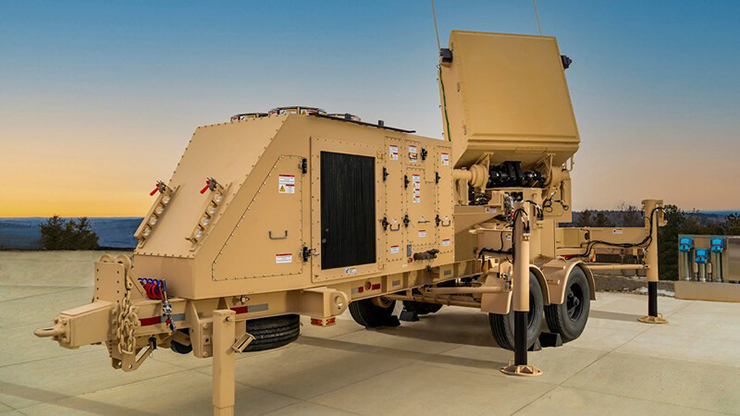
Washington: The US Air Force can start testing a new medium-range sensor next month for the National Advanced Surface-to-Air Missile System thanks to several recently awarded government contracts, RTX said.
The $7 million in awards from the Air Force Research Laboratory’s Strategic Development, Planning and Experimentation Office as well as the Office of the Secretary of Defence’s Rapid Prototyping Program will help RTX, formerly known as Raytheon Technologies, move forward on the development and testing of its GhostEye MR radar.
“This government support confirms the growing relevance and demand for the capabilities of GhostEye MR, as nations around the globe look to bolster their air defence,” said Tom Laliberty, president of Land & Air Defence Systems at Raytheon. “Partnering with DoD, Air Force, and Kongsberg, we will showcase the sensor’s range of capabilities against a multitude of emerging threats.”
GhostEye MR is a medium-range, multi-mission radar that can detect, track and identify threats including cruise missiles, drones, and fixed- and rotary-wing aircraft. The company said GhostEye MR can both operate as a standalone radar and be integrated with the NASAMS air defence systems used to protect overseas air bases.
The contracts’ total value is small compared to some other government deals. But Joe DeAntona, Raytheon’s vice president of requirements and capabilities for land and air defence systems, said the agreements allow the firm to move GhostEye MR out of its own research and development efforts and into more of a Pentagon-involved project.
RTX said the funding will allow an AFRL-run operational test at White Sands Missile Range in New Mexico, now scheduled for September. The experiment at White Sands will assess the operational performance of GhostEye MR, with the radar providing effective surveillance cues and integrating with the combat-proven NASAMS air defence system
GhostEye MR has been in the works for more than three years, DeAntona said. But so far, before receiving these first government contracts last week, the company has funded the system’s development, prototyping and testing through internal R&D, he explained. The company’s prototyping work on GhostEye MR took place at its facilities in New England, including in Andover, Massachusetts, DeAntona said.
He said if the government decides it wants to fund and move forward with GhostEye MR, then RTX would be able to start producing the sensors for NASAMS within “months, not years.”








